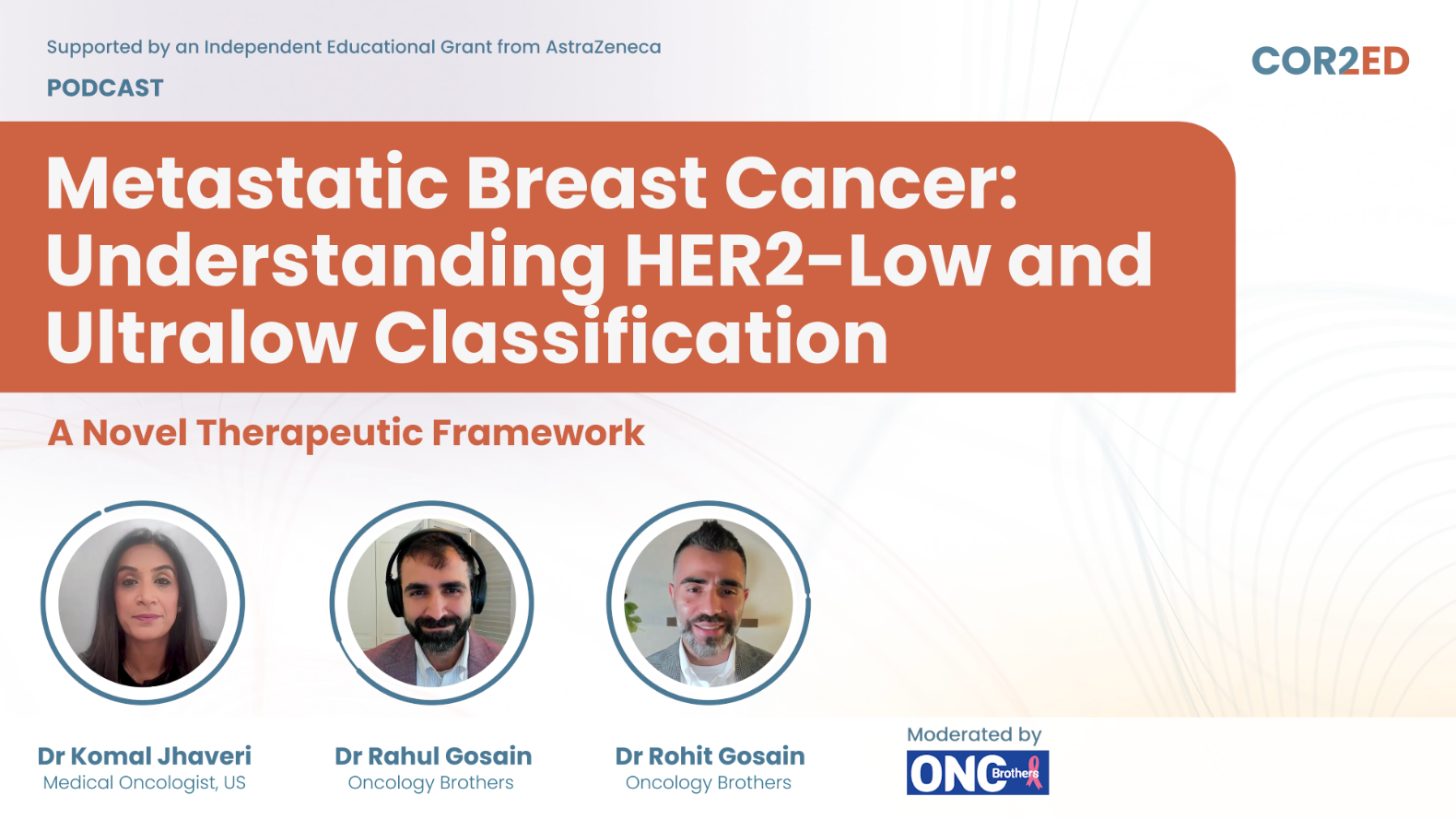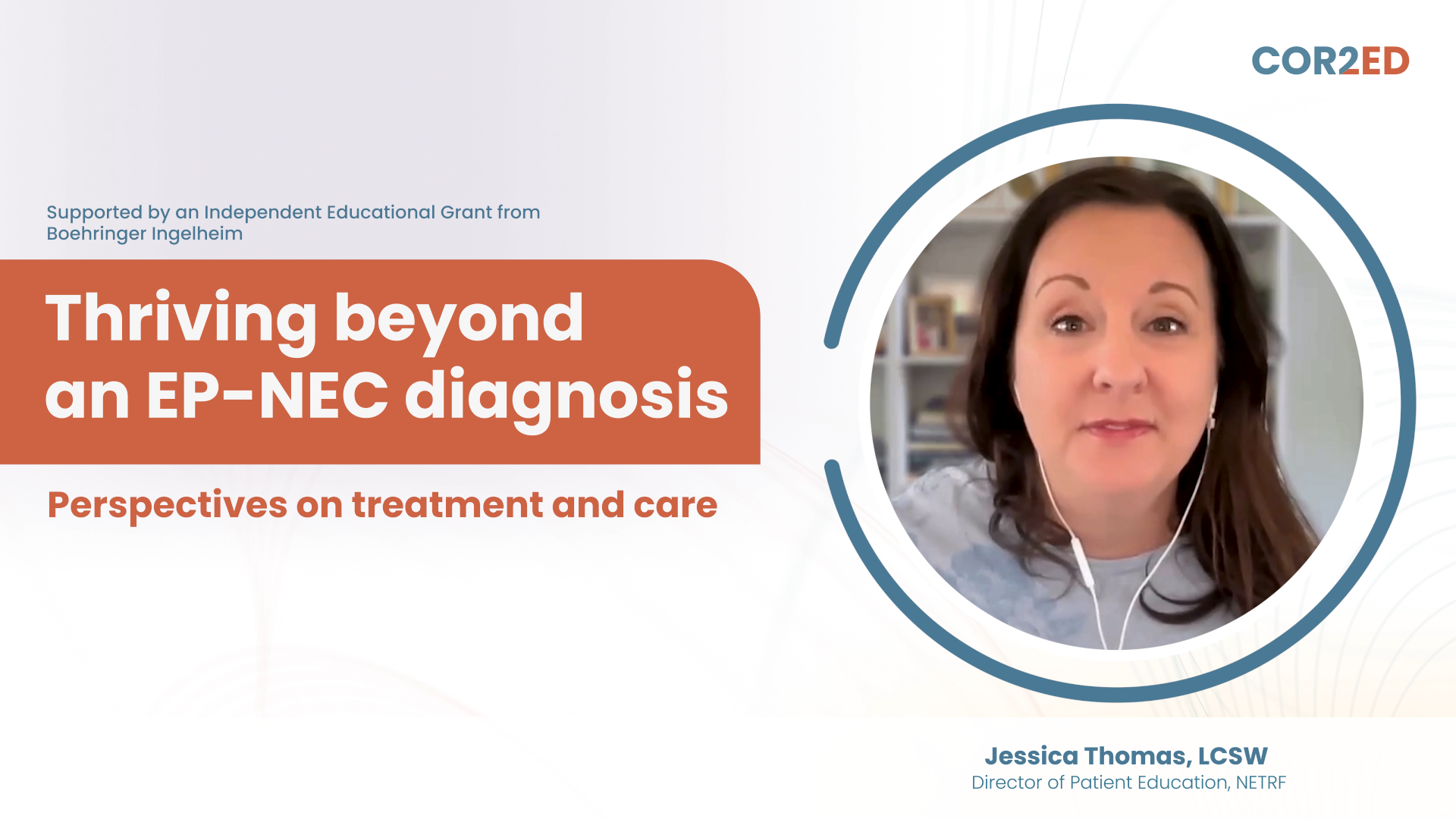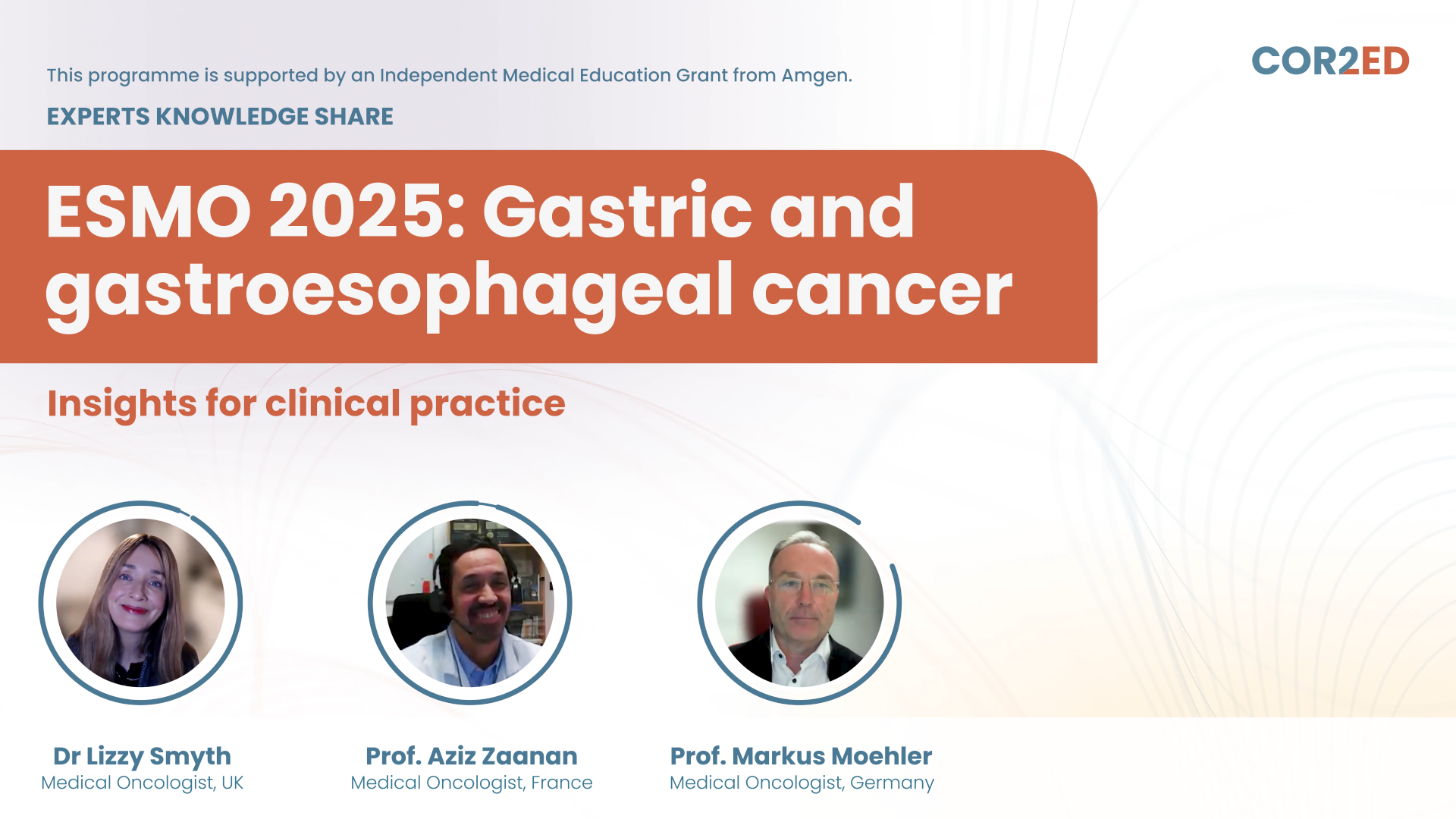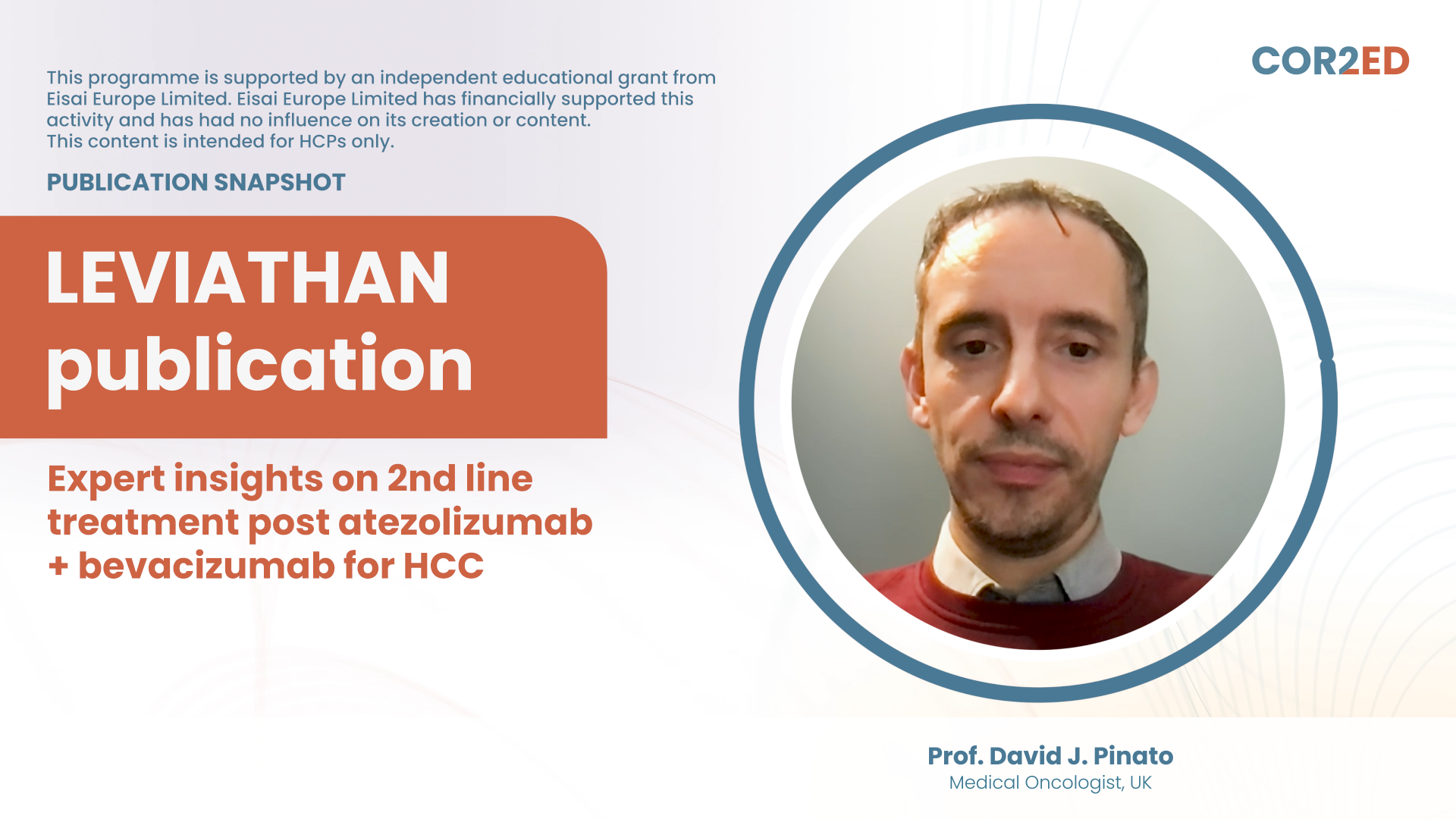Prof. Nicolas Girard
Hello and welcome to today's episode.
I'm Nicolas Girard, the Head of Medical Oncology at Institute Curie in Paris, Thoracic Oncologist, specialist of lung cancer.
And today we will be discussing an important and clinically relevant topic, which is the understanding of BRAFV600E testing and treatment landscapes in non-small cell lung cancer.
Joining me today is Dr Umberto Malapelle, a Consultant Pathologist and expert in molecular diagnostics.
Welcome, Umberto.
Assoc. Prof. Umberto Malapelle
Thank you very much.
I am a Molecular Pathologist. I'm the Chair of Predictive Molecular Pathology Lab at the Department of Public Health from University Federico II, Naples in the south part of Italy, and really pleased to have this discussion with you, Nicolas.
Prof. Nicolas Girard
Maybe let's start with the bigger picture.
In non-small cell lung cancer, the identification of actionable mutations has become essential, and BRAFV600E is one of those high-value targets.
Umberto, from your perspective as a Pathologist, why is early testing so critical?
Assoc. Prof. Umberto Malapelle
Because we need to consider that we are in the landscape of advanced non-small cell lung cancer, and the quantity of the tissue that we have in our hands is not so huge, and we need to simultaneously evaluate all the drivers and the biomarkers that we can give in your hands as Oncologists to design the best treatment path for our patients.
So, this means that before you have the possibility to test, better is the possibility that you have to have all the biomarkers already tested, including BRAFV600E.
Prof. Nicolas Girard
And that's true that now we have more and more targeted therapy options in the 1st line setting, and we know that the efficacy of these targeted treatments is also better in the 1st line setting. We know that many patients do not have access to 2nd line.
So, it's very important to have the global picture, not only the histology, but also the mutations like BRAFV600E to make the right decision for the patients.
But let's talk about samples. What are the optimal samples and methodologies you would recommend for the identification of those alterations, and more specifically, BRAFV600E?
Assoc. Prof. Umberto Malapelle
In this setting the formalin fixed and paraffin embedded samples represent the gold standard, and larger is the samples and highest is the probability to have enough quantity of material that you need to test all these biomarkers.
For sure, you can also consider a small biopsy that are also formalin fixed, and then paraffin embedded samples or cytological samples.
So, when you have an example in Italy, we have a higher quantity of cytological samples in the advanced stage that are prepared in different ways, like as direct smears, cell block, and so on.
But for sure, when the quantity is not enough you can consider also other alternative tissue that are validated within clinical trials.
Prof. Nicolas Girard
So that's very interesting and also NGS method allows the identification not only of BRAF mutations, but also the global picture on all the molecular alterations that may be observed in non-small cell lung cancer.
Do you ever use PCR for single mutation testing?
Assoc. Prof. Umberto Malapelle
So, this is a great point, Nicolas, because we need to consider that globally, we have some labs that are using PCR or single gene testing strategies to evaluate the biomarkers in non-small cell lung cancer.
But for sure you are able by using PCR to identify the V600E. But the problem regards the quantity of the tissue and the samples that you have in your hands, and the need to proceed with a step-by-step approach.
Another point regards an example to turnaround time, because you need to wait for the results coming from each of these steps to proceed. And so, it's possible, from a technical point of view to detect this type of alteration, V600E.
But from a clinical point of view, for sure, next generation sequencing represents the best option, because you are able to simultaneously evaluate all these biomarkers, including BRAFV600E.
Prof. Nicolas Girard
And we know that we have 1st line therapies available for EGFR, for ALK, for ROS1, for EGFR EXON 20, for RET, and for BRAF for sure. And it's very important to proceed simultaneously, because we know also that the patients with a diagnosis of metastatic non-small cell lung cancer, you need to rush and to start the treatment as soon as possible, because there may be some rapid degradation because of the burden of the disease and metastasis.
So, sometimes we do not have enough tissue. And what can you do? Is liquid biopsy something of interest for those patients?
Assoc. Prof. Umberto Malapelle
I'm a fan of liquid biopsy. But for sure it's not only from my opinion, but if you consider all the national/international recommendations coming from the IASLC, or also at national level from many scientific societies, liquid biopsy is absolutely recommended in three different ways.
In Europe the best approach is represented in, or the common approach, is represented in sequential ways. So, you are able to evaluate the tissue. If the tissue is not enough, for sure you can proceed to test this alteration on liquid biopsy.
Then we have also other strategies that are suggested at worldwide level, like as complementary approach, if you can, or like as blood 1st approach.
So this depends on the clinical needs, because in the past, as you can remember, when we need to test T790M mutation for EGFR we prefer to use a blood 1st approach, and in all negative cases we come back to the tissue.
But in the case of basal setting. For sure, if you have tissue, you can proceed by using next generation sequencing on tissue. But if the tissue is not enough, liquid biopsy absolutely represents an option, and you can test all the predictive biomarkers that you have approved in non-small cell lung cancer. Not for PD-L1, for sure, but for BRAF, EGFR, KRAS, ALK, ROS1, RET, and so on, absolutely it is an option to have in your hands liquid biopsy results.
Prof. Nicolas Girard
And we see more and more teams doing the liquid and the tissue in parallel, and obviously in patients with metastatic disease, sometimes we may have some heterogeneity from one lesion to another, and probably liquid reflects the global biology of the disease.
So let's say, we now have the results - pathology, molecular diagnostics, and if I consider BRAF mutations, what should I look at and to what should I pay attention?
Assoc. Prof. Umberto Malapelle
So, for sure, you need to have in your reports clear information regarding the presence of this alteration by using a clinical, relevant nomenclature, not only in a formal nomenclature. No, because we can see an example C. 1799TA, it's not so clinically relevant. And so, the oncologist in the right way prefers to have in the report V600E.
Then you need to have the information in particular, if you are working on liquid biopsy regarding the variant-allele fraction, because you need to correlate this information also to the clinical situation of the patients, and if it's possible, the actionability of these targets that you have found.
So, we are lucky because we are living in Europe, and in Europe we have the ESCAT scale, and we can classify this mutation as ESCAT 1A. So, this means that you can proceed directly with the selection of these patients for the treatment that you can retain adequate for your patients.
Prof. Nicolas Girard
That's very important to get all this information from the report, because otherwise there is a higher risk of missing the information, or having a false interpretation of the report.
So, I discuss every day with my Pathologist and my Molecular Biologists. So, it's not a matter of just sending the report. I believe it's very important to have a multidisciplinary discussion. I like to have, obviously, Pathologists and Molecular Biologists discussing at the Multidisciplinary Tumour Board.
What is your experience with that? Do you participate to MDTs and how the discussion is organised in your centre, Umberto?
Assoc. Prof. Umberto Malapelle
Absolutely, I have had a really positive experience, also because it's the way to learn, why you are taking in place this particular action in lab.
So, the only way to have a clinical, relevant action when you are working in lab is to discuss with your Oncologist the relevance of the action that you are making in place. And for sure, my experience is positive on the weekly basis in the multidisciplinary discussion, because in my country we have two different concepts.
One is the weekly base, the multidisciplinary discussion that we have for all the patients, and then we have the Molecular Tumour Board.
That is a different thing. In the case in which we need to overcome the clinical practice, or if we need to discuss other biomarkers that are not approved in clinical practice.
But this is the case of an approved biomarker, and for sure we have a weekly discussion with all the patients, and for sure it is really positive, because giving me the opportunity to learn the clinical relevance of this action when you are using a test instead to another test, and when you are using next generation sequencing because you need to cover all the biomarkers before to start the 1st line of treatment. Also, when other biomarkers are approved in 2nd line.
So, overall it is one of my most positive experience that I have from a professional point of view, to discuss in a multidisciplinary way, in particular with the Oncologist and with the colleagues that are collecting the materials, to address all the issues that we have discussed.
Prof. Nicolas Girard
I agree. I think it's very important to have this multidisciplinary discussion. Same thing, here at Institut Curie we have the standing, Thoracic Multidisciplinary Tumour Board. We have the Molecular Tumour Board.
I think it's interesting to discuss with the Molecular Tumour Board when you have also complex mutations. Some patients who have a BRAF plus EGFR. We have this kind of patients, and sometimes it is very important to have a deeper discussion to make the right choices.
Also, it's very important to have you at the Thoracic Multidisciplinary Tumour Board, especially in the setting of disease progression, 2nd line, rebiopsy. Sometimes we need to discuss and to focus on the identification of resistance mechanism. Sometimes we know that it will be a very small biopsy sample, and we need to prioritise based on the patient characteristics, so I feel it clearly facilitates the patient journey, and it accelerates the diagnostics and the decision-making for the patients.
Assoc. Prof. Umberto Malapelle
So this is a really important point, Nicolas. I fully agree with you also because you have highlighted the rule of complex or co-mutation.
But when you are using next generation sequencing the probability that you have found this type of co-mutation is higher, and for sure you need to discuss, because in the past I remember that the people were saying that it is not possible to find a BRAF mutation with an EGFR mutation.
But this is not true, because it depends on the type of the mutation, because it's not so rare that you can find a V600E plus an uncommon mutation in EGFR, and you need to decide and so you need to discuss with your Oncologist.
Prof. Nicolas Girard
This is why, I think, if we have this discussion at the Multidisciplinary Tumour Board, it also helps the Pulmonologists or Radiologists who are doing the biopsy to understand why we are doing and requesting also the rebiopsies and rebiopsies, and so on.
One thing we should discuss is how we communicate with the patients about the results of the molecular biology.
Obviously, discussing with the patients about the diagnosis of cancer is something that takes some time. And sometimes we say, “Oh, it's good news, we have a mutation”, and to the patient it’s completely scary, because mutation seems to be something that is based on genes, on DNA, so it's quite complex and sometimes a patient may feel bad with this news, and for us, we know it's leading to personalised treatment, it's targeted agents, oral drugs, fewer side effects than chemotherapy, and usually better outcomes and more options for the patient. So, that's also, sometimes we need to think about how we discuss with the patients.
Assoc. Prof. Umberto Malapelle
This is also really relevant to wait to have in your hands all the results, because in some cases, I don't know if it's also your experience, Nicolas, but in some cases you have a partial report, collecting only part of the information that you need to have in your hands to design the entire therapeutical path for your patients. And so this is not the right way to proceed, because you need to have all the information before, to start to decide all the lines of treatment.
So, for sure you can have during the time the needs to re-evaluate the molecular status of your patients. But if you are considering the approved biomarkers, so EGFR, BRAF, KRAS, ALK, ROS1, RET, NTRK1-3, and so PD-L1, for sure, you need to have all these results before to start. And this is also a really important point to facilitate the communication that you have with the patients, because you can have this really baseline starting point to define the path.
Prof. Nicolas Girard
Exactly, and this is a very big challenge, a daily practice challenge when we see a new patient because we are facing the pressure of the patient, of the families to start the treatment as soon as possible, and sometimes we do not have all the needed information.
The patient also had a quite long journey before coming to us, you know, with the diagnosis, a CT Scan, the biopsy, respiratory medicine management and so on, and they arrive to us as Oncologists, and they are waiting for starting the treatment and we say, “Okay, no. We just need to wait for the results and to make the right choice”. So, very important, to take some time also to discuss with the patients about the delays, and explaining why we are actually waiting before starting the treatment.
Assoc. Prof. Umberto Malapelle
Sure. On the other side this means that all the people that are working around the patients need to have a clear communication, because you need to shorten the turnaround time and the total turnaround times to give you the opportunity to have all these results. And in this way, an example of a solution can be the reflex testing.
Prof. Nicolas Girard
And it's true that in some patients with rapidly progressive disease we have to start the treatment very quickly, and usually we prefer to start with chemotherapy alone, instead of chemotherapy plus immunotherapy, which is a standard of care in wild-type metastatic non-small cell lung cancer. Because if we start with chemo plus immunotherapy, then it's more complex to switch to a targeted treatment.
Assoc. Prof. Umberto Malapelle
Regarding to this, I have a question for you. When we have detected from the labs a V600E mutation, what is the best strategies that you have in your hands right now to treat these patients when we have detected this alteration?
Prof. Nicolas Girard
The treatment is based on targeted agents, and for BRAFV600E this is a combination. A combination of RAF and MEK inhibitors. We have, historically, dabrafenib plus trametinib and we know that the response rate is around 60, 65% in patients who are treatment naïve or in previously treated patients, meaning patients who had a 1st line treatment with chemotherapy.
We know that this combination is then doing quite well, and is actually associated with some adverse events, as any treatment, especially pyrexia, digestive tract such as nausea, diarrhea, fatigue, some edema, and so on.
We have seen more recently data with another combination, which is encorafenib plus binimetinib and here it's quite interesting, because in the treatment naïve setting, so 1st line treatment, the response rate is 75% and the median PFS is around 30 months. So, we see with this combination clearly, clinically meaningful response rate, but also duration of response and disease control. The treatment related adverse events are also pyrexia, nausea, diarrhea, so quite easy to manage in clinical practice.
And we know that there are other BRAF mutations, the non-V600 mutations, and for which we do not have right now, approved targeted agents and we may enrol those patients in clinical trials.
It's always very important to have the information about the BRAFV600E mutation, because we may then treat the patient in the 1st line setting, and what we saw in the clinical trials is that, the sense is that the efficacy is better, is probably better in the 1st line setting than in the 2nd line setting.
The second point is that some patients are not receiving 2nd line treatment because of a rapid degradation after chemotherapy or chemotherapy plus immunotherapy.
So, we have in real world data in patients with non-small cell lung cancer, a 25-30% attrition rate from 1st line to 2nd line. So, the specific treatment for those patients with BRAFV600E are those MEK and RAF inhibitors.
So, it's very important to treat those patients once we know the information in the 1st line setting. Otherwise, there is a risk that the patients will never receive those targeted therapies. So, it's clearly recommended in the ESMO clinical practice guidelines to treat the patients in the 1st line setting. If this treatment was not done in the 1st line setting, we can treat the patient in the 2nd line setting.
If the treatment is not reimbursed, if the patients had to start chemotherapy or chemotherapy plus immunotherapy, if the BRAF status was not known at the time of 1st line, obviously we will treat the patient in the 2nd line setting, but the recommendation and the standard of care is to treat the patient with targeted agents in the 1st line setting.
So, I think we’ve had a pretty comprehensive discussion. Maybe some some key takeaways about molecular testing, BRAFV600E mutation.
I think that it's very clear that we need to have the testing done early, as early as possible, at the time of diagnosis, on the diagnostic biopsies and clearly using NGS panels to cover not only BRAFV600E, but also all the molecular alterations that lead to treat the patients with targeted therapies.
As clinicians, we need to make everything possible to wait for the results before starting any kind of systemic treatment, and for the patients with BRAFV600E positive non-small cell lung cancer we have dabrafenib plus trametinib which is clearly effective.
And we have also encorafenib plus binimetinib, with phase 2 data showing this efficacy not only in the 1st line setting, but also in the 2nd line setting. What is your perspective, Umberto?
Assoc. Prof. Umberto Malapelle
Thank you, Nicolas, from my side, for sure to help you in our common goal is that we need to have high-quality samples in our hands not only a quantity, because we need to proceed as you discussed with the simultaneous tests for all these biomarkers, preferentially by using next-generation sequencing.
The second thing is, and these are really important things, that we need to report in a really clear way the presence of the actionable biomarkers within a report, and please use the ESCAT scale to have this type of direct communication with your Oncologist regarding the presence of an actionable biomarker.
And the third thing is the thing for which I'm really grateful, this interconnection with the Oncologist that gives us the possibility to transfer knowledge and to understand the clinical relevance of all the actions that we are doing for our patients.
Prof. Nicolas Girard
Well, I think that's very clear. Thank you, Umberto, for your insights.
Thank you to everyone for listening to this discussion. We hope this will help you to refine your approaches and testing on the treatment of BRAFV600E mutated non-small cell lung cancer.
Thank you.
Assoc. Prof. Umberto Malapelle
Thank you.
This podcast was bought to you by COR2ED Independent Medical Education. Please visit cor2ed.com for more information.


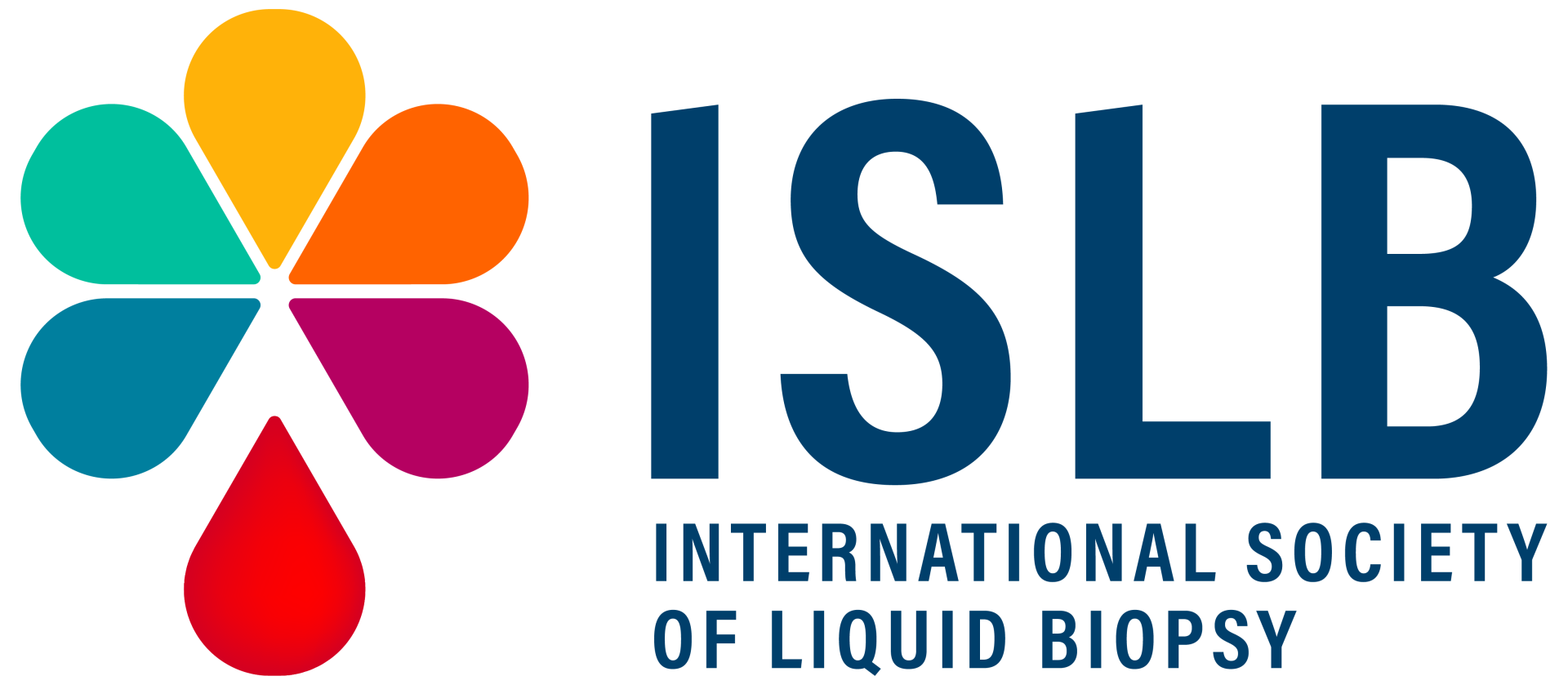
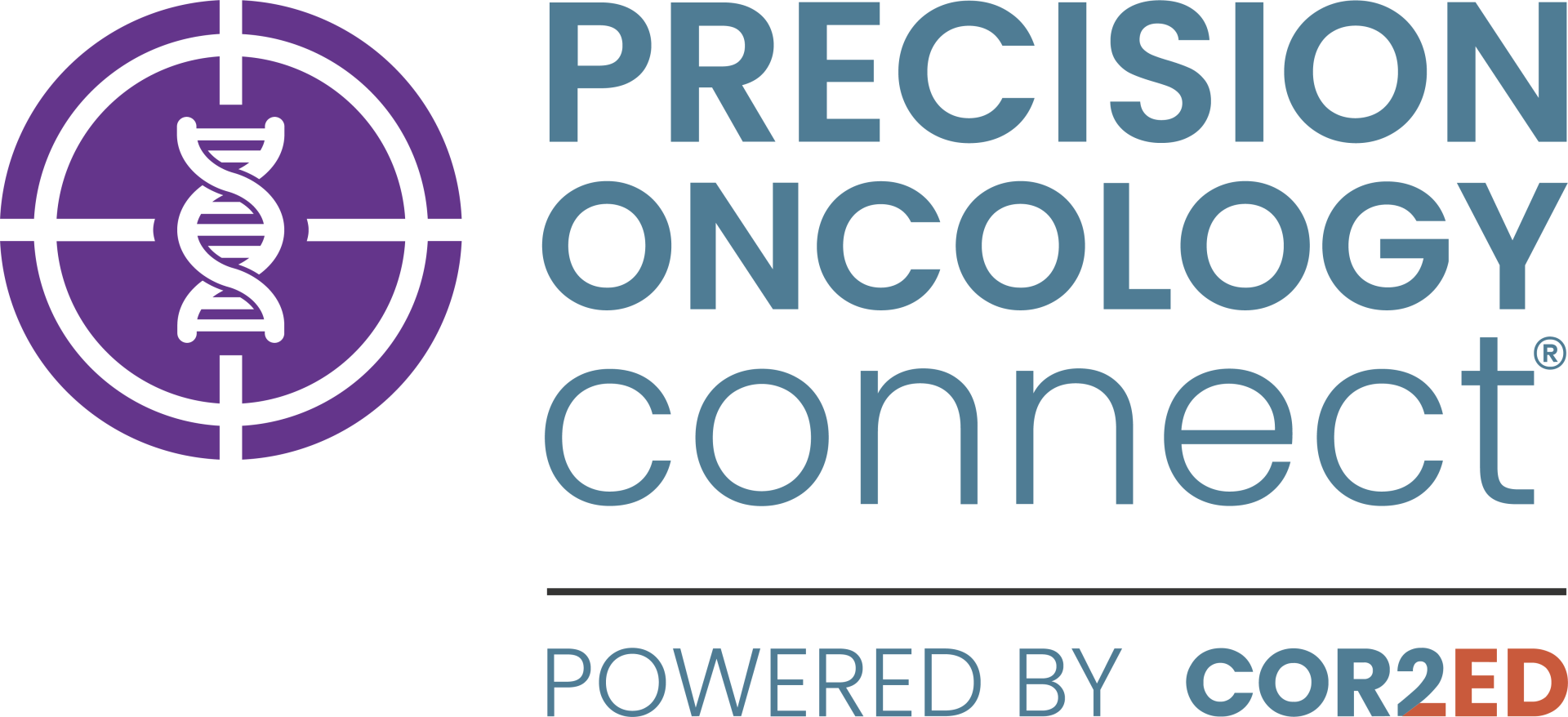

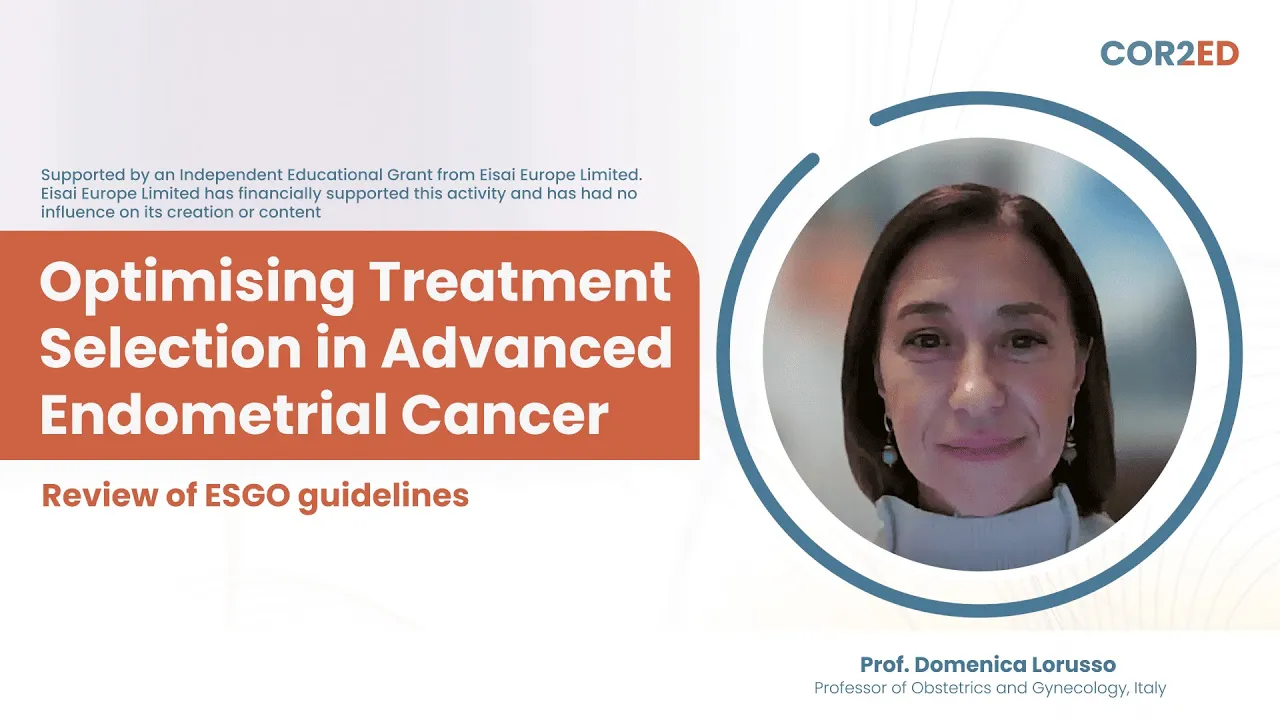
 Downloadable
Downloadable  6 MIN
6 MIN
 Dec 2025
Dec 2025 
